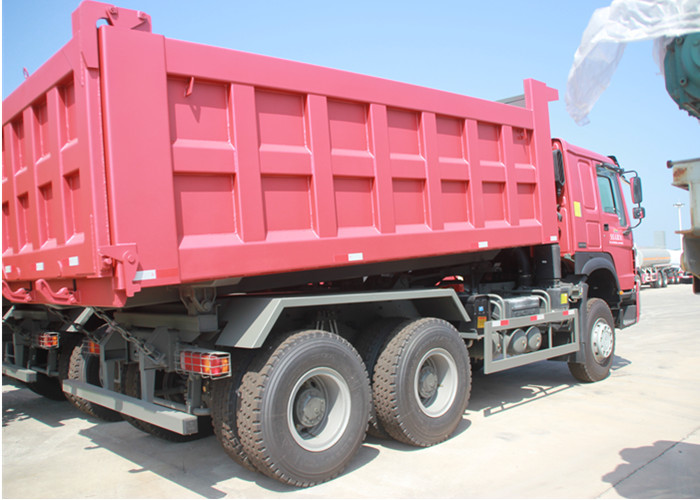Wildfires pose a significant threat to ecosystems, communities, and wildlife. To combat these devastating blazes, fire services rely heavily on specialized equipment, including wildland fire trucks. This article explores the various aspects of wildland fire trucks, including their design, features, types, and best practices for effective use in firefighting efforts.
Understanding Wildland Fire Trucks
What are Wildland Fire Trucks?
Wildland fire trucks are specially designed vehicles used to fight wildfires in tough terrains like forests, grasslands, and scrublands. They are built to navigate off-road conditions and carry the necessary equipment to suppress fires at their source.
The Importance of Wildland Fire Trucks
These trucks are critical in preventing wildfires from spreading to communities and protecting vital natural resources. Equipped with features that enhance their firefighting capabilities, they are designed to perform under challenging conditions.
Key Features of Wildland Fire Trucks
1. Water Capacity and Pump Systems
| Feature | Description |
|---|---|
| Water Tank | Typically holds between 300 to 1,500 gallons of water. |
| Pump System | High-pressure pumps that provide rapid water delivery. |
2. Firefighting Foam Systems
Many wildland fire trucks come equipped with foam systems to combat different types of fires, particularly those involving flammable liquids. Foam helps to smother flames and offers better coverage over more extensive areas.
3. Off-Road Capabilities
These trucks feature specific design elements, such as four-wheel drive and enhanced suspension, allowing them to navigate through rugged terrain. Firefighters can access remote areas effectively.
4. Storage and Equipment
Wildland fire trucks often have built-in compartments to store hoses, nozzles, and other fire equipment. This ensures that firefighters have immediate access to tools when responding to an emergency.
Types of Wildland Fire Trucks
1. Type 6 Fire Engines
Type 6 fire engines are smaller, more versatile vehicles typically used for initial attack operations. They are particularly effective in remote areas and can transport crews, water, and equipment.
2. Type 3 Fire Engines
Type 3 engines have a higher water capacity and are better suited for prolonged firefighting efforts. They are frequently used for both structural and wildland firefighting.
3. Type 1 Fire Engines
Type 1 engines are larger and equipped for both wildland and structural operations. They provide extensive water supply and pump capabilities, making them indispensable in many firefighting scenarios.
4. All-Terrain Vehicles (ATVs)
While not traditional fire trucks, ATVs are vital in accessing remote locations. They can quickly transport firefighters and equipment across difficult terrain.
Practical Examples of Wildland Fire Truck Usage
Case Study: 2020 California Wildfires
During the 2020 wildfires in California, various wildland fire trucks were deployed to protect communities. Type 3 engines played a significant role in rapid response situations, while Type 1 engines were essential during prolonged suppression efforts.
Tips for Effective Use of Wildland Fire Trucks
- Training: Regular training sessions for firefighters ensure that they are familiar with the truck’s features and capabilities.
- Pre-Inspection: Conduct thorough inspections before responding to incidents to identify any maintenance issues.
- Water Management: Develop strategies to optimize water usage during firefighting operations, especially in areas with limited water sources.
- Collaborative Efforts: Partner with local agencies for joint training exercises to improve coordination during firefighting emergencies.
The Role of Technology in Wildland Fire Trucks
1. GPS and Navigation Systems
Modern wildland fire trucks often feature GPS technology and mapping systems to help crews navigate to remote locations quickly and efficiently.
2. Communication Systems
Effective communication systems within wildland fire trucks facilitate real-time coordination between firefighters and command centers.
3. Thermal Imaging Cameras
Equipping wildland fire trucks with thermal imaging cameras allows firefighters to detect heat sources through smoke and darkness, aiding in situational awareness and effective firefighting strategies.
Wildland Fire Truck Maintenance
1. Regular Inspections
Regular inspections of fire trucks are necessary to ensure that all systems are functioning correctly. This includes checking water pumps, hoses, and safety equipment.
2. Cleaning and Upkeep
After each deployment, wildland fire trucks should be cleaned to remove dirt, ash, and debris. This prevents corrosion and damage over time.
3. Documenting Repairs
Keeping a log of repairs and maintenance schedules helps track the truck’s condition and highlights the importance of timely servicing.
Wildland Firefighting Strategies
1. Direct Attack vs. Indirect Attack
There are two primary strategies in wildland firefighting:
- Direct Attack: Involves suppressing the fire directly at its edge using wildland fire trucks.
- Indirect Attack: Involves creating firebreaks or backburns away from the fire to divert its path.
2. Evacuation and Safety Planning
Fire departments often coordinate with local authorities to develop evacuation plans for communities at risk during wildfire events. Wildland fire trucks play a crucial role in these efforts.
3. Community Engagement
Engaging local communities in fire prevention strategies, including creating defensible space around properties, can reduce the risks of severe wildfire impacts.
FAQs About Wildland Fire Trucks
1. What is the average cost of a wildland fire truck?
The cost can range from $100,000 to over $500,000 depending on the type and specifications of the truck.
2. How often should wildland fire trucks be serviced?
Wildland fire trucks should be serviced at least annually, and after significant deployments to ensure they remain operational.
3. Do wildland fire trucks have special tires?
Yes, they often come with off-road tires designed to handle challenging terrains and provide better traction.
4. Can wildland fire trucks also be used for structural firefighting?
Some wildland fire trucks, especially Type 1 and Type 3 engines, are equipped for both wildland and structural firefighting.
5. How are wildland fire trucks typically funded?
Funding can come from local government budgets, state and federal grants, and donations for fire department resources.
6. What types of training do firefighters need for using wildland fire trucks?
Firefighters need training in truck operation, safety protocols, equipment handling, and effective firefighting techniques.





